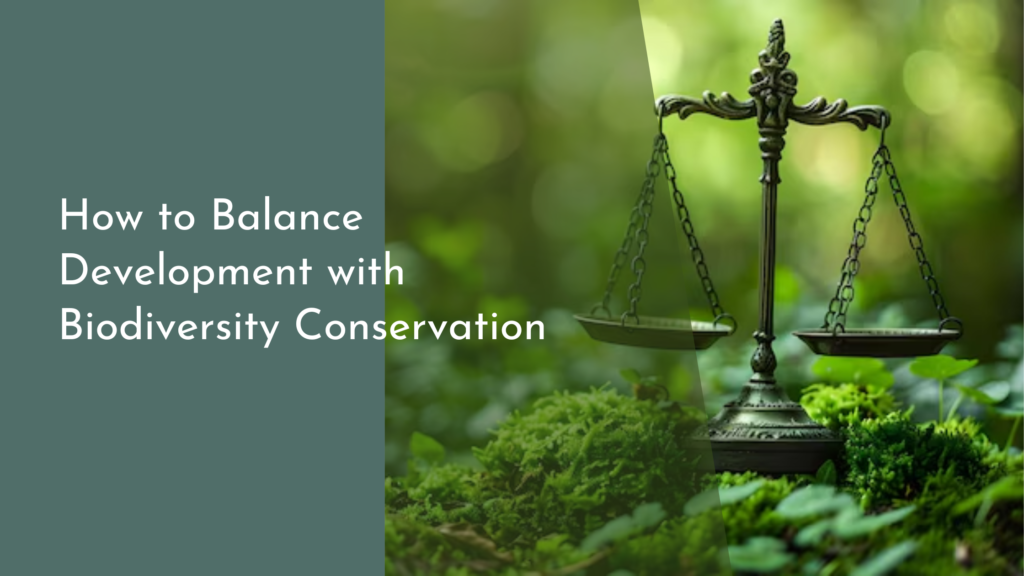Using Permaculture for Disaster Preparedness
In an ever-changing world, where natural disasters seem to be increasing in frequency and intensity, disaster preparedness has never been more critical. One promising approach to resilience is permaculture, a system of agricultural and social design principles centered around simulating natural ecosystems. By embracing permaculture, we can create sustainable environments that not only thrive in ordinary times but also offer solutions during and after disasters. This article will explore how permaculture can enhance our preparedness and lead us to a more joyful, resilient life.
Embracing Permaculture: A Joyful Path to Resilience
Permaculture is about more than just gardening; it’s a holistic philosophy that encourages us to work in harmony with nature. By observing natural ecosystems, we can design our living spaces to be productive and self-sustaining. This creates a joyful engagement with our environment, fostering a deep connection between us and the earth. As we implement permaculture principles—such as planting diverse crops, using rainwater collection, and composting—we cultivate not just our gardens, but also our relationship with the planet.
In times of disaster, those who have embraced permaculture often find they are better equipped to handle challenges. A well-planned permaculture system can provide food, water, and shelter, even when traditional resources are disrupted. The resilience built through these practices transforms fear into hope, empowering individuals and communities to face adversity with confidence. The joy derived from nurturing a self-sustaining environment can be infectious, inspiring others to join the movement toward resilience and sustainability.
Creating Abundant Gardens: Your First Step to Preparedness
The foundation of permaculture lies in creating abundant gardens that are diverse, productive, and ecologically sound. These gardens serve as a buffer against emergencies, providing food security and nutrition during difficult times. By incorporating perennial plants, companion planting, and organic practices, we ensure that our gardens are not only flourishing but also resilient to pests, diseases, and environmental stressors. This diversity means that even if one crop fails, others can thrive, ensuring a steady food supply for our families and communities.
Moreover, abundant gardens can be a source of community education and engagement. Workshops on gardening techniques, seed saving, and food preservation foster a spirit of collaboration and shared knowledge. As we cultivate not just plants but also relationships, we create networks of support that are vital during emergencies. These gardens become a sanctuary where people gather, learn, and share resources, building a solid foundation for collective preparedness.
Building Community: Strength in Numbers Through Permaculture
Community is a key element of successful disaster preparedness, and permaculture provides a framework for building strong, interconnected networks. Through permaculture, individuals can come together to share resources, skills, and knowledge, creating a robust support system that can withstand the trials of disaster. Workshops, community gardens, and cooperative projects foster relationships that extend beyond the garden, cultivating a sense of trust and collaboration that is invaluable in times of need.
Engaging in permaculture practices as a community also helps us to identify resources and skills unique to each member. This diversity strengthens the community’s overall resilience, as individuals can rely on one another for assistance and expertise when facing challenges. By building a network of support that emphasizes cooperation and mutual aid, we empower ourselves and our neighbors, creating a thriving community that can adapt and flourish even in the face of adversity.
Sustainable Solutions: Thriving After Disasters with Nature’s Help
After disasters, the challenges we face can seem overwhelming. However, permaculture offers sustainable solutions that not only help us recover but also enable us to thrive in the long term. By using techniques such as soil regeneration, agroforestry, and rainwater harvesting, we can restore ecosystems that have been damaged and enhance their resilience for the future. Nature holds the keys to recovery, and by working with its processes, we can rebuild our communities while ensuring a sustainable future.
Additionally, permaculture encourages us to learn from the past and adapt our practices to minimize future risks. By understanding local ecosystems and their vulnerabilities, we can design our gardens and communities to better withstand natural disasters. This proactive approach not only mitigates damage but also fosters a culture of innovation and creativity in problem-solving. With nature as our guide, we can create a legacy of resilience and sustainability that benefits both current and future generations.
Incorporating permaculture into our disaster preparedness plans is not just a smart choice; it’s a joyful journey toward resilience and community empowerment. By embracing the principles of permaculture, we can create thriving gardens, foster strong community ties, and develop sustainable solutions that help us navigate the challenges of a changing world. As we cultivate our connection to nature and one another, we pave the way for a brighter, more resilient future, where we can flourish together—even in the face of adversity. Let’s grow hope, security, and joy through permaculture and become truly prepared for whatever comes our way!

